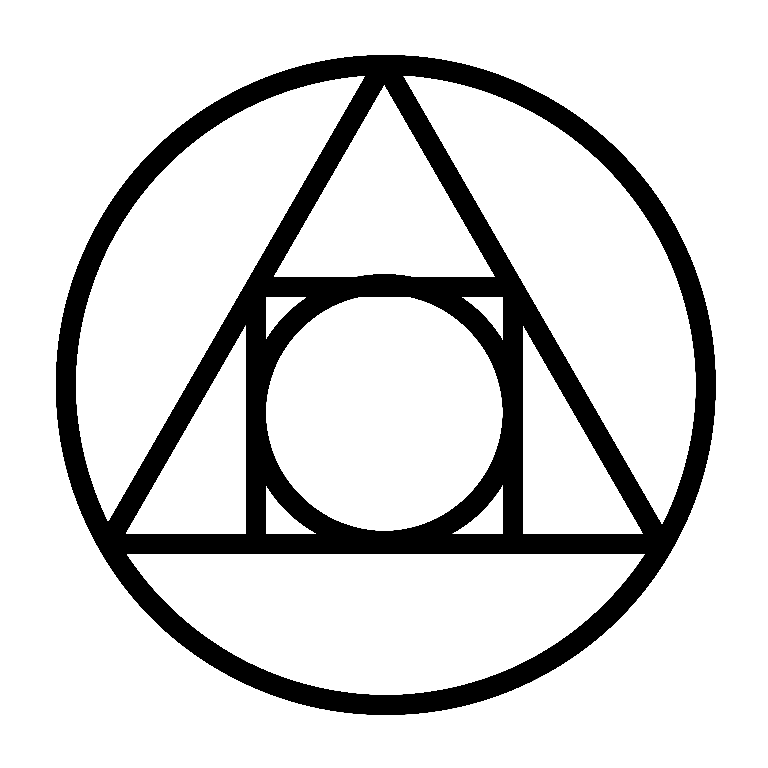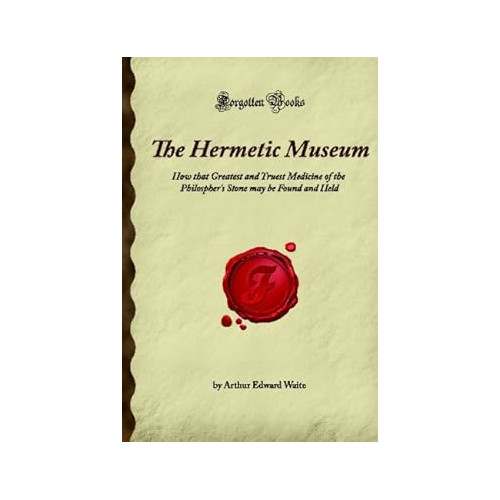First published in Latin in 1678, The Hermetic Museum: How that Greatest and Truest Medicine of the Philosopher’s Stone may be Found and Held occupies a unique place in the history of Western alchemy. Unlike sprawling compilations such as the Theatrum Chemicum or Manget’s Bibliotheca Chemica Curiosa, which gathered together the vast canon of Arabic, medieval, and Hermetic authorities, this collection was designed as a more compact anthology of twenty-two celebrated tracts. It showcases the “shorter and less ancient” writings of the adept school that flourished in the sixteenth and seventeenth centuries, offering a vision of alchemy that is at once doctrinally precise, allegorically rich, and occasionally startling in its clarity. The English edition of 1893, introduced by Arthur Edward Waite, remains one of the most accessible gateways into this distinctive stream of the tradition.
The stated purpose of the anthology is audacious: to instruct disciples of the sopho-spagyric art in “how that greatest and truest medicine of the Philosopher’s Stone may be found and held.” Such a promise cannot be taken literally, of course. As with so much Hermetic literature, the real gift is less the transmission of a recipe than the formation of a worldview — a fusion of natural philosophy, mystical theology, and moral instruction. Throughout the Museum, one hears the constant refrain that the true Stone is found not by multiplying ingredients or chasing chimerical recipes, but by recognizing the unity of matter and the patient governance of Nature’s own processes.
The collection opens with The Golden Tract, which lays down the essential doctrine of alchemy’s materia: one substance, containing within itself the three principles of sulphur, mercury, and salt. This triune unity, variously figured as king and queen, dragon and eagle, or lion and dove, is to be harmonized through fire and time until it yields the universal medicine. The Sophic Hydrolith follows, unfolding over five sections a drama of dissolution and renewal, where allegory cloaks the details of laboratory procedure. The Remonstration of Nature stages an extraordinary dialogue in which Nature herself defends her processes against human error, blending theological argument with chemical admonition.
One of the most striking inclusions is The Only True Way, a rare tract that deliberately abandons the dense allegory typical of the genre. Its author explicitly warns readers against the “contemptuous obscurity” of earlier masters, claiming instead to offer a plainer guide that emphasizes purification, coction, and dissolution as the real heart of the work. This text, paired with An Open Entrance to the Closed Palace of the King — long praised for its lucidity — provides a level of directness that will surprise readers accustomed to the opaque riddles of alchemical writing. Yet even here, the essential secrecy of the Art remains intact: method is suggested, never disclosed outright, and the aspirant is repeatedly reminded that divine grace, humility, and charity are prerequisites for success.
Other treatises pull more firmly toward emblem and vision. The Glory of the World presents itself as nothing less than a “Table of Paradise,” claiming the Philosopher’s Stone as a wisdom first granted to Adam, Noah, and Solomon. Its Christian piety sits side-by-side with its Hermetic ambition, reinforcing the sense that alchemy was understood as a divine legacy to be stewarded with reverence. The Book of Lambspring introduces a series of animal emblems — the stag and unicorn, the twin fish, the eagle and toad — each an image of the soul’s inner conjunction mirrored in the chemical opus. The Golden Tripod, attributed to Basil Valentine, presents twelve “keys” in parabolic form, culminating in allegories of blood, marriage, and transformation that both veil and reveal the philosopher’s great work. These emblematic treatises illustrate the imaginative vitality of the Hermetic Museum and demonstrate why its pages continue to fascinate artists, psychologists, and esotericists today.
If the anthology has a weakness, it lies in its mixture of legendary and apocryphal voices. Attributions such as the Testament of Cremer strain credibility, and the hagiographic accounts of figures like Sendivogius risk confusing history with myth. Yet Waite himself acknowledged these difficulties, and part of the value of the collection lies precisely in showing how legend and doctrine intertwined in the alchemical imagination. The Museum is not a manual of reproducible chemistry. It is a theatre of images and arguments, a treasury of what the seventeenth century considered its “most celebrated” tractates.
For modern readers, the Hermetic Museum holds a double interest. On one hand, it represents a key step in the genealogy of science: its insistence on one matter, its experimental metaphors of cooking and coction, and its warnings against multiplicity reflect the groping movement toward what would become chemistry. On the other hand, it remains a symbolic treasure. Carl Jung, for example, drew extensively on works like Lambspring to illustrate the archetypal process of individuation, seeing in alchemical allegory a mirror of psychological transformation. The appeal today is thus both historical and imaginative: a window into the mental world of early modern adepts, and a set of symbols that continue to resonate in art, literature, and depth psychology.
In conclusion, The Hermetic Museum: How that Greatest and Truest Medicine of the Philosopher’s Stone may be Found and Held is best approached as both anthology and initiation. It does not deliver the secret of the Stone, but it does preserve the atmosphere, doctrines, and images by which generations of seekers oriented their quest. Read sequentially, its tracts provide a progression: from the doctrinal foundation of the Golden Tract, through the allegorical labyrinth of the Hydrolith and Tripod, to the relative clarity of the Open Entrance and the practical admonitions of The Only True Way. Taken together, they amount to one of the finest windows into the living alchemical current of the seventeenth century. For students of esotericism, historians of science, and seekers after wisdom alike, this Museum is not merely a repository of ancient curiosities but a vital record of how human beings once imagined transformation, perfection, and the healing of both matter and soul.

